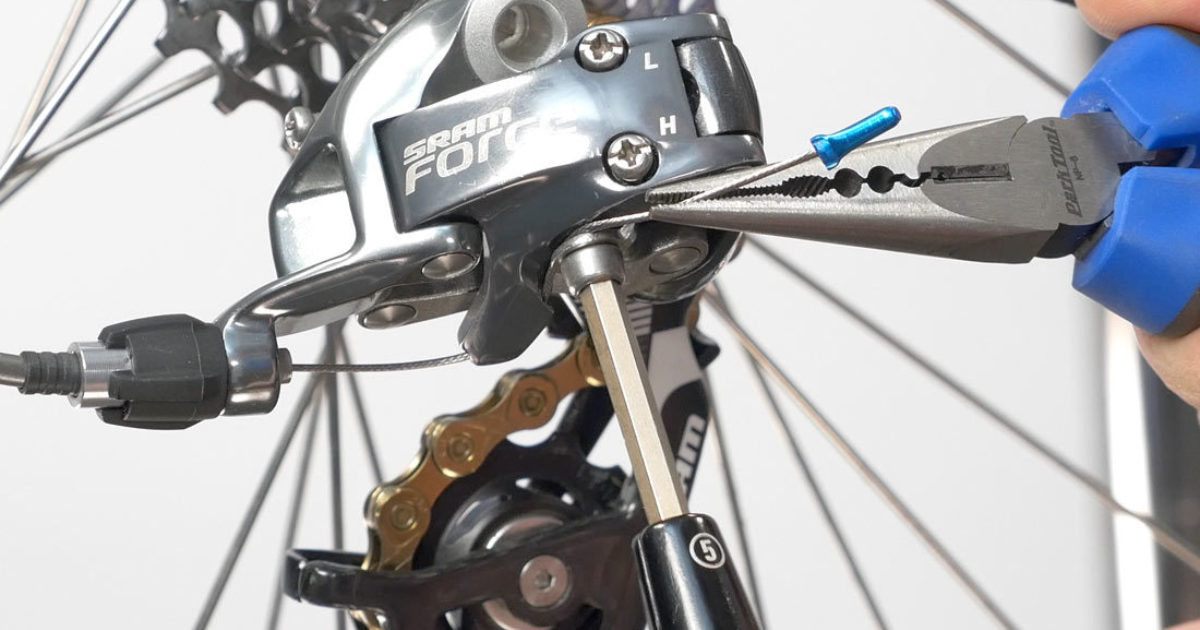I've had a 2020 Giant Explore E+ 4 GTS for a year now. It has a Deore rear derailleur and a 11-36T cassette. Riding on the road, I tend to use the 6 or so highest gears with no shifting problems at all. I also go on mountain trails and have encountered serious shifting problems. Typically, it's been difficult shifting onto the 36T cog, and the chain often erratically skips between the 36T and next lowest cog. Several times, while trying to shift onto the 36T cog, the chain has bounced around and come off either the cassette or chainwheel, jamming itself against the frame. Last week I had a catastrophic failure. I was going uphill in a medium gear and encountered a steep incline on loose gravel. I was under full power and tried shifting into the lowest gear as the rear wheel began to spin. As the derailleur moved inward and the chain attempted to engage the 36T cog, the entire transmission exploded, breaking the chain and seriously bending its plates, bending and destroying the derailleur and bending the derailleur hanger.
I later straightened and realigned the derailleur hanger and bought a new 9 sp chain and Deore derailleur. I was not able to get the derailleur to properly engage the 36T cog, the same problem I had before. Then, I read the Deore spec sheet in detail (Yes, I should have done this first, but I thought I would be safe buying the same derailleur that came on the bike.) and it is certified only for a a 11-34T rear cassette, accounting for the inability of its top jockey wheel to clear and the chain to properly engage the 36T cog. Perhaps, Giant tweaked the installation of the derailleur on new bikes so that it would marginally work but that became compromised when the components showed some wear, or perhaps Giant had Shimano build a proprietary Deore derailleur that would work with a 36T cog. Or, maybe Giant simply blew it and assembled and sold a bike with mismatched components. I see that the 2021 Giant E+ has been reconfigured as a commuter bike and has a Shimano Alivio derailleur and a 11-36T cassette. The new 2021 Giant Roam E+ GTS seems similar to my Explore and is advertised as a gravel bike. It too has an Alivio derailleur and 11-36T cassette. The Alivio is cheaper than the Deore, so perhaps Giant was looking to save some money. Or, perhaps, they realized that the Deore did not work with a 36T cog.
Has anyone else encountered the same issues I faced with the Deore/36T combination? If so, how did you solve this?
Thanks for any feedback.
I later straightened and realigned the derailleur hanger and bought a new 9 sp chain and Deore derailleur. I was not able to get the derailleur to properly engage the 36T cog, the same problem I had before. Then, I read the Deore spec sheet in detail (Yes, I should have done this first, but I thought I would be safe buying the same derailleur that came on the bike.) and it is certified only for a a 11-34T rear cassette, accounting for the inability of its top jockey wheel to clear and the chain to properly engage the 36T cog. Perhaps, Giant tweaked the installation of the derailleur on new bikes so that it would marginally work but that became compromised when the components showed some wear, or perhaps Giant had Shimano build a proprietary Deore derailleur that would work with a 36T cog. Or, maybe Giant simply blew it and assembled and sold a bike with mismatched components. I see that the 2021 Giant E+ has been reconfigured as a commuter bike and has a Shimano Alivio derailleur and a 11-36T cassette. The new 2021 Giant Roam E+ GTS seems similar to my Explore and is advertised as a gravel bike. It too has an Alivio derailleur and 11-36T cassette. The Alivio is cheaper than the Deore, so perhaps Giant was looking to save some money. Or, perhaps, they realized that the Deore did not work with a 36T cog.
Has anyone else encountered the same issues I faced with the Deore/36T combination? If so, how did you solve this?
Thanks for any feedback.
